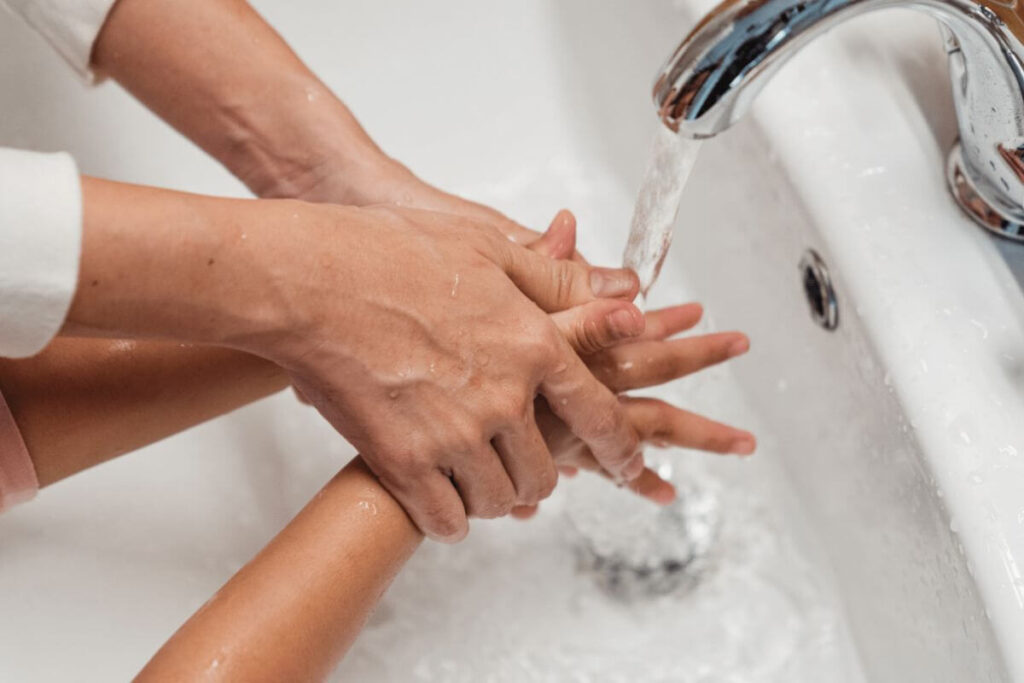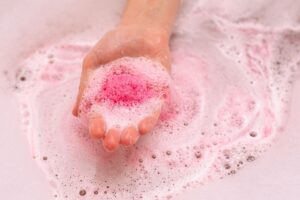The age-old wisdom “Don’t drink from where you bathe” echoes through cultures and societies, reflecting a cautionary approach to the relationship between sources of water for consumption and those used for personal hygiene. In this exploration, we delve into the historical context, the scientific considerations, and the implications of this proverbial advice in the modern world.
I. Historical Perspectives
A. Cultural Wisdom and Proverbial Caution
The saying has roots in cultural practices and community wisdom, emphasizing a separation between sources of drinking water and bathing areas. This separation was often driven by a desire to prevent contamination and ensure the health and well-being of communities.
B. Traditional Rituals and Hygiene Practices
Many cultures have rituals and hygiene practices that involve distinct spaces for bathing and obtaining drinking water. These practices underscore the importance of cleanliness while maintaining a clear boundary between the two.
II. Scientific Considerations
A. Water Contamination Risks
Scientifically, the saying aligns with the principle that water used for bathing may contain contaminants, such as soap residues, skin cells, and microbes, that are not suitable for consumption. Drinking directly from sources where one bathes can pose risks to gastrointestinal health.
B. Microbial Presence in Bathing Water
Bathing water can harbor various microorganisms, including bacteria and fungi, that thrive in warm and moist environments. While these microbes might not necessarily pose a health risk during bathing, ingesting them can lead to potential health issues.
III. Modern Sanitation Practices
A. Evolving Hygiene Standards
With advancements in sanitation and water treatment, modern practices have significantly reduced the risk of waterborne illnesses. Municipal water treatment facilities aim to provide safe drinking water, and personal hygiene products are designed to minimize environmental impact.
B. Potable Water Accessibility
In many developed regions, access to potable water is well-established, and the water supplied to homes undergoes rigorous testing and treatment. This makes the need for a strict separation between bathing and drinking water less pronounced.
IV. Environmental Considerations
A. Conservation and Sustainability
Separating drinking and bathing water also aligns with principles of water conservation and sustainability. Reusing water from bathing for activities like watering plants or flushing toilets can contribute to more responsible water usage.
B. Eco-Friendly Practices
Modern eco-friendly practices often involve repurposing water from various activities, emphasizing the importance of utilizing resources efficiently while maintaining a balance between personal hygiene and environmental responsibility.
V. Balancing Tradition and Progress
A. Cultural Significance
While the traditional saying holds cultural significance, it’s crucial to balance cultural wisdom with evolving knowledge and practices. Adapting the guidance to fit contemporary living conditions ensures a harmonious integration of tradition and progress.
B. Personal Hygiene and Well-Being
Maintaining personal hygiene remains paramount, but it’s equally important to align traditional wisdom with current scientific understanding. Adhering to proper sanitation practices while recognizing the advancements in water treatment ensures the well-being of individuals and communities.

VI. Conclusion: Informed Choices for Health and Sustainability
In conclusion, the adage “Don’t drink from where you bathe” reflects historical caution rooted in the understanding of water-related health risks. While the separation of drinking and bathing water has cultural and practical significance, modern advancements in sanitation and water treatment have mitigated many of the associated risks.
As we navigate the intersection of tradition and progress, making informed choices about water usage, conservation, and personal hygiene ensures a holistic approach to health and sustainability. Whether following cultural practices or embracing modern environmental consciousness, the goal is to foster a harmonious relationship with water that prioritizes well-being and responsible resource management.
VII. Practical Steps for Maintaining Water Hygiene
A. Regular Cleaning of Bathing Spaces
To uphold the separation between bathing and drinking water, regular cleaning of bathing spaces is essential. This includes removing soap scum, disinfecting surfaces, and ensuring proper ventilation to discourage microbial growth.
B. Proper Storage of Drinking Water
For those who rely on alternative water sources, such as wells or natural springs, ensuring proper storage of drinking water is crucial. Clean containers, routine checks for contamination, and adherence to local health guidelines contribute to safe water consumption.
VIII. Education and Community Outreach
A. Communicating Health Practices
Educating communities about water hygiene practices is a vital aspect of public health. Clear communication about the risks associated with drinking water from bathing sources helps individuals make informed choices and adopt healthier habits.
B. Collaborative Efforts for Water Safety
Community-driven initiatives and collaboration with local authorities can further enhance water safety. Implementing water quality monitoring programs and advocating for sustainable water management contribute to the well-being of entire communities.
IX. Travel Considerations and Outdoor Activities
A. Awareness During Travel
When traveling or engaging in outdoor activities, the adage gains practical relevance. Awareness of the water sources and adherence to local guidelines for drinking water help prevent waterborne illnesses and ensure a safe and enjoyable experience.
B. Portable Water Purification
For those who venture into areas with uncertain water quality, carrying portable water purification methods, such as filters or purification tablets, adds an extra layer of protection. This precaution allows individuals to maintain hydration without compromising their health.
X. Embracing Technological Innovations
A. Water Treatment Technologies
Advancements in water treatment technologies continue to play a crucial role in ensuring safe drinking water. From ultraviolet (UV) purification to reverse osmosis systems, these innovations contribute to making drinking water more accessible and secure.
B. Smart Home Solutions
In the home environment, smart solutions such as water purification systems and real-time monitoring devices provide additional layers of protection. These technologies contribute to the overall well-being of individuals and families.
XI. Acknowledging Cultural Diversity
A. Respecting Cultural Practices
Respecting and understanding diverse cultural practices regarding water usage fosters inclusivity. While some cultures may emphasize the separation of bathing and drinking water, others may have unique approaches that reflect their historical, spiritual, or practical considerations.
B. Integrating Tradition with Modern Living
Balancing cultural traditions with the demands of modern living involves thoughtful integration. This may include adapting practices to align with scientific knowledge and embracing new technologies without losing sight of cultural significance.
XII. Conclusion: A Holistic Approach to Water Wellness
In conclusion, the saying “Don’t drink from where you bathe” encapsulates a blend of cultural wisdom and practical health considerations. As we navigate the complexities of water usage in our modern world, maintaining a holistic approach to water wellness is paramount.
By combining traditional wisdom with scientific understanding, adopting responsible environmental practices, and embracing technological innovations, individuals and communities can ensure a harmonious relationship with water. This approach not only prioritizes health and well-being but also contributes to the sustainable management of this precious resource for generations to come.
Frequently Asked Questions (FAQs)
Why is there a traditional caution against drinking water from where you bathe?
This caution is rooted in historical practices aiming to prevent waterborne illnesses. Bathing water may contain contaminants unsuitable for consumption, emphasizing a separation for health reasons.
Do modern sanitation practices make the caution unnecessary?
While modern sanitation practices have significantly reduced waterborne risks, the caution remains relevant. Adhering to proper sanitation and hygiene practices ensures continued well-being.
How can individuals balance traditional practices with modern living?
Balancing tradition with modern living involves understanding cultural significance, adapting practices where necessary, and embracing technological advancements without compromising cultural values.
Are there practical steps to maintain water hygiene in daily life?
Regular cleaning of bathing spaces, proper storage of drinking water, and education on water hygiene contribute to maintaining water quality in daily life.
Is the caution against drinking from where you bathe applicable during travel?
Yes, awareness of water sources and adherence to local guidelines are crucial during travel. Carrying portable water purification methods can provide an extra layer of protection in unfamiliar environments.



